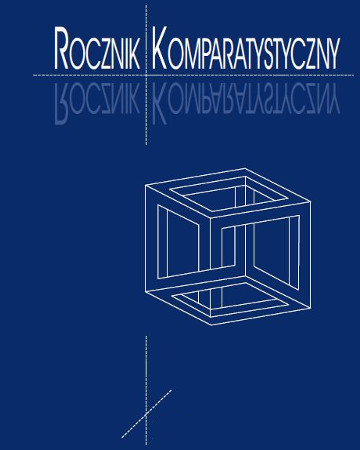





| Autorzy: |
Beata
Zawadka
Uniwersytet Szczeciński |
| Słowa kluczowe: | melodramat |
| Data publikacji całości: | 2020 |
| Liczba stron: | 4 (7-10) |
| 1. | Brooks, Peter. The Melodramatic Imagination: Balzac, Henry James, Melodrama, and the Mode of Excess. New Haven: Yale University Press, 1976. |
| 2. | Langford, Barry. Film Genre. Hollywood and Beyond. Edinburgh: Edinburgh University Press, 2005. |
| 3. | Williams, Linda. “Melodrama Revised.” Refiguring American Film Genres. Theory and History. Ed. Nick Browne. Berkeley: University of California Press, 1998. 42–88. |